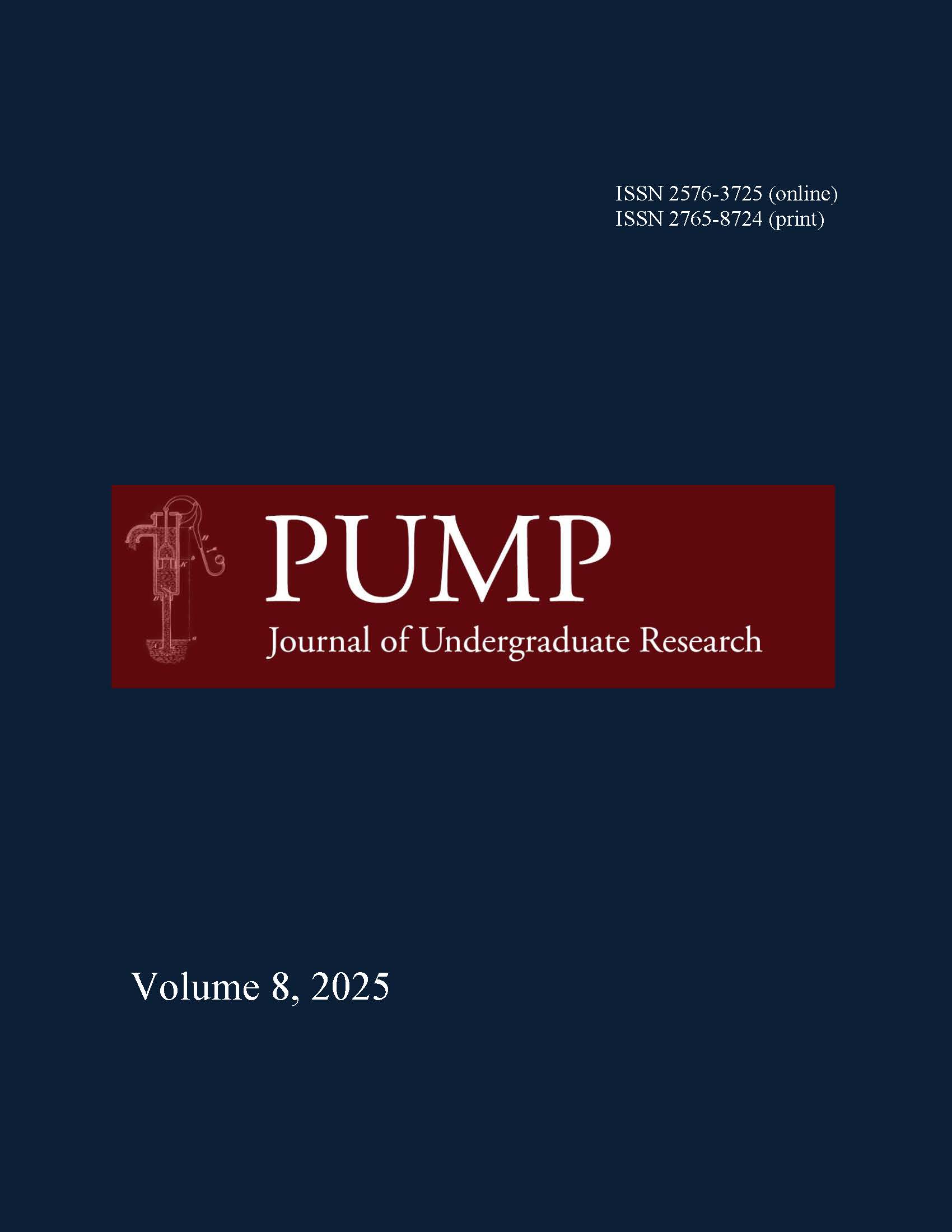Using Agent-Based Modeling to Understand the Impact of Community Interactions on Voter Apathy and Election Outcome
DOI:
https://doi.org/10.46787/pump.v8i.5455Keywords:
agent-based modeling; sensitivity analysis; voter apathyAbstract
Voter turnout in U.S. elections tends to fluctuate, with multiple factors influencing a prospective voter’s participation. In this investigation, we focus on how a registered voter might change their inclination to participate in an election based on their perception of others’ political views within their community. We present an agent-based model (ABM) designed to explore community-based driving mechanisms of voter turnout and election outcomes. By conducting a sensitivity analysis, we examine which of our model inputs—including factors such as party-affiliation breakdown or the degree to which voters tend to communicate in echo chambers—have the greatest impact on voter turnout and the extent to which election results accurately represent the majority opinion in the electorate. We find that within our model framework, turnout rates depend heavily on party affiliation heterogeneity as well as how strongly a voter is influenced to vote or abstain by their politically-based interactions within their community. Additionally, we find that it is possible for an unexpected winner to emerge victorious due to an increase in mobilization among minority party members under certain conditions.
Downloads
Published
How to Cite
Issue
Section
License
Copyright (c) 2025 Grace Brophy, Audrey Rips-Goodwin, Lucy Wilson, Allison Lewis

This work is licensed under a Creative Commons Attribution-NonCommercial 4.0 International License.


